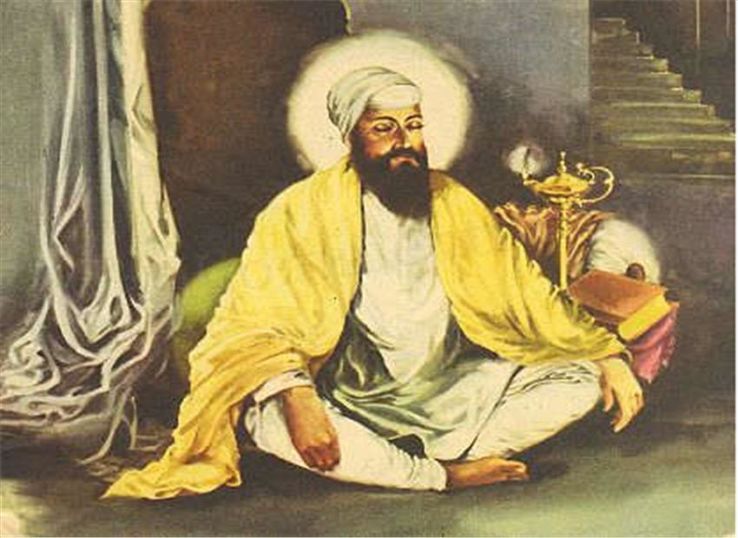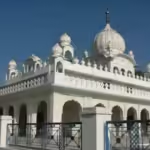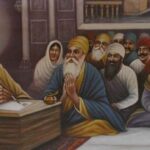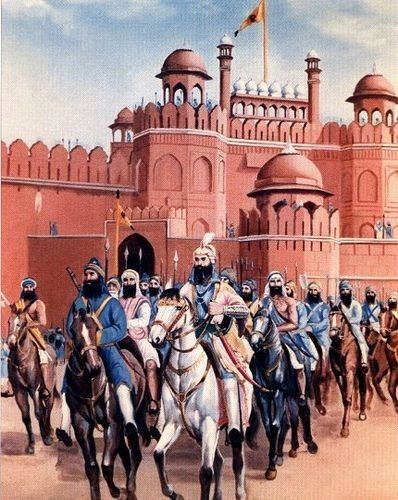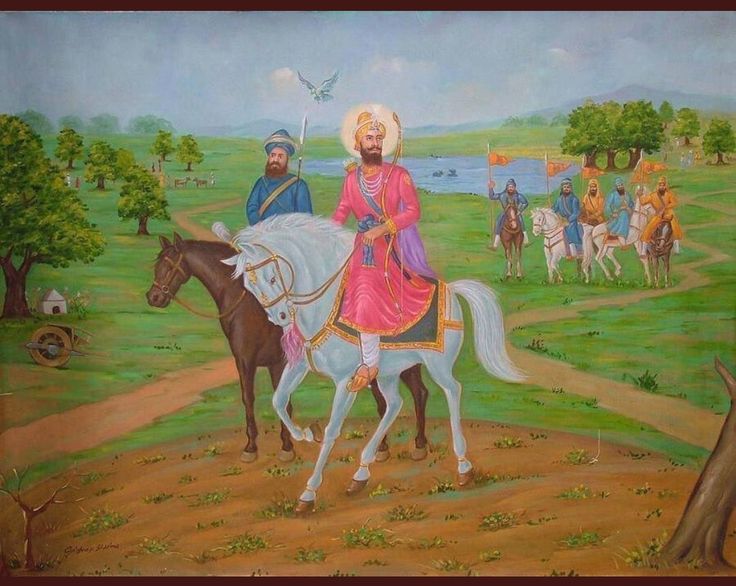When the Mughal emperor Aurangzeb learned that Sri Guru Tegh Bahadur Ji had resolved to sacrifice his life rather than submit to oppression and abandon his faith, he sent his forces to arrest Guru Sahib and his companions. Guru Ji was captured and brought to Delhi, where Aurangzeb attempted to coerce him into performing miracles and accepting Islam. Despite threats and temptations, Guru Ji stood firm, declaring such actions to be against divine will and refusing to comply.
After Guru Ji’s steadfast refusal, Aurangzeb subjected him and his companions to brutal torture. Guru Ji’s loyal followers faced horrific fates: Bhai Mati Das Ji was sawn in half, Bhai Sati Das Ji was wrapped in cloth and burned alive, and Bhai Dyal Das Ji was boiled in a cauldron. Witnessing these atrocities, Guru Sahib remained unshaken in his resolve and principles.
Finally, in 1675, Guru Tegh Bahadur Ji was martyred in Delhi’s Chandni Chowk. On Aurangzeb’s orders, the executioner beheaded Guru Sahib after a fatwa was issued by the Qazi. Aurangzeb also commanded that Guru Ji’s body be dismembered into four parts and displayed at the gates of Delhi. However, under the cover of darkness and a storm, brave Sikhs thwarted these orders.
Bhai Lakhi Shah Vanjara secretly retrieved Guru Sahib’s body and performed the final rites by setting his house on fire to cremate it. Simultaneously, Bhai Jaita Ji carried Guru Ji’s severed head to Anandpur Sahib, where it was respectfully cremated with full honors.
Today, Gurdwara Sis Ganj Sahib in Delhi marks the site of Guru Sahib’s martyrdom, while Gurdwara Rakab Ganj Sahib commemorates the place where his body was cremated. Guru Tegh Bahadur Ji’s unparalleled sacrifice strengthened the resolve of the Sikh community and stands as a beacon of courage and faith in the face of tyranny.
